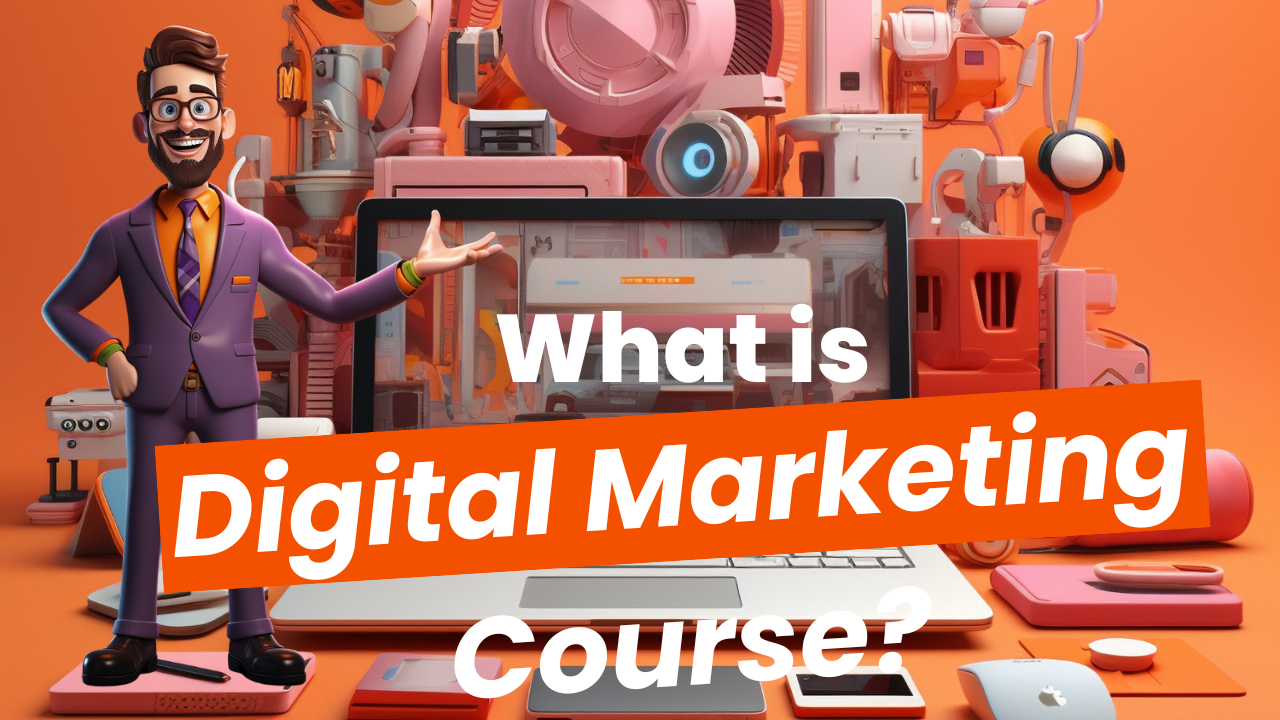Certainly! Digital marketing encompasses a variety of key components, each contributing to a comprehensive online strategy. Here is a step-by-step breakdown of the key components of digital marketing:
1. Search Engine Optimization (SEO):
Description: SEO involves optimizing your website and content to rank higher on search engine results pages (SERPs) organically.
Steps:
Keyword Research: Identify relevant keywords for your industry.
On-Page SEO: Optimize web content, meta tags, and headers.
Off-Page SEO: Build high-quality Website backlinks from reputable sites.
Technical SEO: Ensure website structure and performance are search-engine-friendly.
Local SEO: Optimize for local search if applicable.
2. Content Marketing:
Description: Creating and distributing valuable content to attract and engage a target audience.
Steps:
Content Strategy: Define goals, target audience, and content types.
Content Creation: Develop high-quality, relevant content (blogs, articles, videos, infographics).
Content Distribution: Share content through various channels (social media, email, etc.).
Content Optimization: Ensure content is SEO-friendly.
3. Social Media Marketing:
Description: Using social media platforms to promote your brand, connect with the audience, and increase visibility.
Steps:
Platform Selection: Choose platforms relevant to your audience (Facebook, Twitter, Instagram, LinkedIn).
Content Creation: Develop engaging content (images, videos, posts).
Community Engagement: Interact with the audience, respond to comments, and build a community.
Paid Advertising: Utilize paid ads for broader reach.
4. Email Marketing:
Description: Sending targeted messages and promotional content to a list of subscribers via email.
Steps:
List Building: Collect and segment your email subscribers.
Campaign Creation: Design and create email campaigns (newsletters, promotions).
Automation: Implement automated workflows for personalized communication.
Analytics: Track open rates, click-through rates, and other metrics.
5. Pay-Per-Click Advertising (PPC):
Description: Running paid advertising campaigns where advertisers pay a fee each time their ad is clicked.
Steps:
Keyword Research: Identify relevant keywords for your ads.
Ad Creation: Create Best compelling ad copy and visuals.
Targeting: Set demographic and geographic targeting.
Bid Management: Manage bids for ad placements.
Monitoring and Optimization: Regularly monitor and adjust campaigns for better performance.
6. Affiliate Marketing:
Description: Collaborating with affiliates who promote your products/services and earn a commission for each sale or lead they generate.
Steps:
Affiliate Program Setup: Establish an affiliate program.
Recruitment: Attract affiliates to join your program.
Tracking: Implement tracking mechanisms for affiliate-generated sales/leads.
Commission Management: Define and manage commission structures.
7. Influencer Marketing:
Description: Partnering with influencers to leverage their existing audience for brand promotion.
Steps:
Influencer Identification: Identify influencers relevant to your industry.
Partnership Outreach: Reach out and establish collaboration terms.
Content Collaboration: Collaborate on content creation.
Performance Analysis: Measure the impact of the influencer campaign.
8. Online Public Relations (PR):
Description: Managing your brand's online reputation and public image.
Steps:
Content Creation: Develop press releases and other PR content.
Media Outreach: Connect with online media outlets.
Crisis Management: Address and manage any online crises promptly.
9. Analytics and Data Analysis:
Description: Using analytics tools to track and measure the performance of digital marketing efforts.
Steps:
Tool Selection: Choose analytics tools (Google Analytics, etc.).
Data Collection: Implement tracking codes.
Analysis: Monitor and analyze key metrics.
Reporting: Generate regular reports for performance evaluation.
10. Mobile Marketing:
Description: Tailoring marketing strategies for mobile devices, including mobile-friendly websites and apps.
Steps:
Mobile Optimization: Ensure websites and content are mobile-responsive.
App Development: Develop a mobile app if applicable.
SMS Marketing: Utilize text message marketing campaigns.
11. Video Marketing:
Description: Creating and sharing video content to engage and connect with the audience.
Steps:
Content Creation: Produce high-quality and engaging videos.
Platform Selection: Choose video-sharing platforms (YouTube, Vimeo).
Promotion: Share videos across other digital channels.
12. Chatbots and AI-Powered Marketing:
Description: Using artificial intelligence and chatbots for automated customer interactions and personalized marketing efforts.
Steps:
Chatbot Integration: Implement chatbots for customer support.
Personalization: Use AI to personalize marketing messages.
Data Utilization: Leverage AI for data analysis and insights.
These components collectively form a holistic digital marketing strategy, and their effective integration can contribute to a successful online presence and engagement with the target audience. Keep in mind that the digital marketing landscape is dynamic, so staying informed about industry trends and adapting strategies accordingly is crucial for ongoing success.

 January 08, 2024 - BY Admin
January 08, 2024 - BY Admin